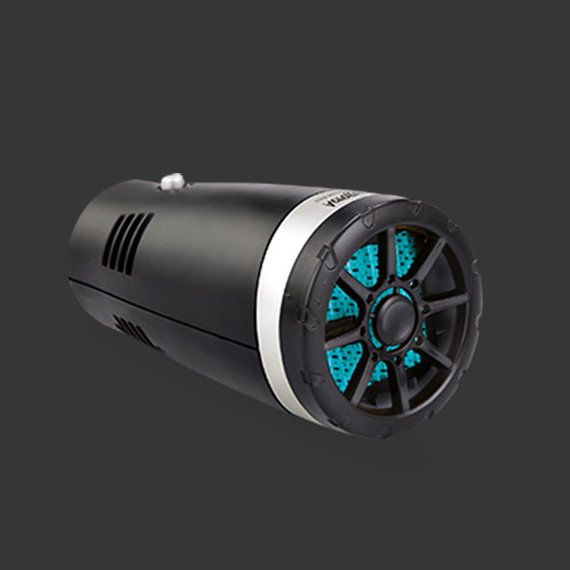A Comprehensive Guide to Understanding Cable Systems and Gas Pedals in Automotive Engineering
The Dynamics of the Cable, Gas Pedal, and Driving Experience
In the intricate world of automotive design and engineering, certain components play critical roles in influencing a driver's experience. Among these, the cable and gas pedal are often underappreciated yet fundamental elements that facilitate the communication between the driver and the vehicle's powertrain. This article explores the relationship between these components, how they function, and their impact on modern driving.
The Dynamics of the Cable, Gas Pedal, and Driving Experience
The interplay between the cable and the gas pedal is an excellent illustration of the connection between man and machine. When a driver presses down on the pedal, the tension in the cable translates into an immediate action that can be felt in the vehicle's acceleration. This direct link fosters a sense of control, allowing drivers to modulate their speed in a way that feels intuitive and responsive. Enthusiasts of manual driving often argue that this mechanical setup offers a purer driving experience compared to more modern alternatives.
cable gas pedal

However, advancements in technology have led to the introduction of electronic throttle control systems, also known as drive-by-wire. This system replaces the traditional cable with sensors and electronic signals. When the driver presses the pedal, data is sent to the vehicle's computer, which then adjusts the throttle position accordingly. While this shift offers benefits, such as improved fuel efficiency and the ability to integrate driver-assist features, it has also sparked debates among enthusiasts who miss the direct connection provided by the mechanical cable.
Despite the rise of electronic systems, the basic principles governing the gas pedal and throttle operation remain essential. Drivers still rely on their sense of feel and intuition to navigate various driving conditions. For instance, during acceleration, the pressure applied to the gas pedal influences not only the speed of the vehicle but also the overall driving dynamics. Understanding how to modulate this pressure is a key skill for drivers, whether they are navigating city streets or tackling winding mountain roads.
Moreover, the engineering of cables and gas pedals extends beyond performance. Safety is a vital consideration, as any failure in this system can result in severe consequences. Extensive testing and quality control measures are implemented to ensure that both mechanical and electronic components function flawlessly under different conditions. Innovations, such as fail-safe mechanisms and redundancy in electronic systems, have been developed to safeguard against potential failures.
In conclusion, while the cable and gas pedal may seem like fundamental components of an automobile, their influence on the driving experience is profound. They serve as the link between driver intention and vehicle performance, embodying the essence of human and machine interaction. As technology advances and driving systems continue to evolve, the legacy of the cable and gas pedal will remain a significant part of automotive history. Whether in a classic car with a traditional setup or a modern vehicle equipped with advanced electronics, the principles of control, feedback, and response continue to shape our understanding of driving. These components remind us that at the heart of every journey lies a simple yet powerful act pressing the gas pedal and embracing the thrill of the road.
-
Upgrade Your Control with Premium Throttle CablesNewsAug.08,2025
-
Stay in Control with Premium Hand Brake CablesNewsAug.08,2025
-
Experience Unmatched Performance with Our Clutch HosesNewsAug.08,2025
-
Ensure Safety and Reliability with Premium Handbrake CablesNewsAug.08,2025
-
Enhance Your Vehicle with High-Performance Clutch LinesNewsAug.08,2025
-
Elevate Your Ride with Premium Gear CablesNewsAug.08,2025
